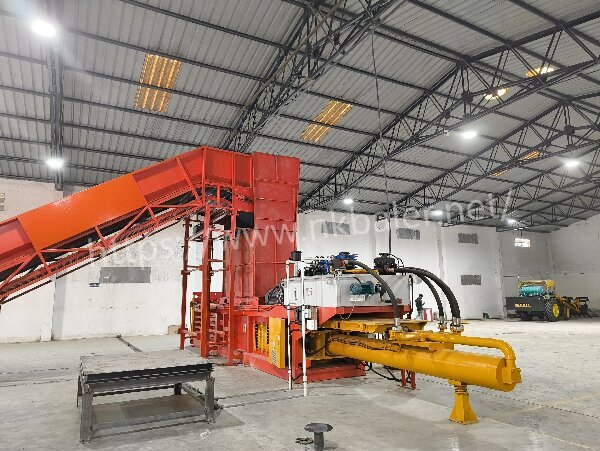The final cost of recycling
scrap plastic baler equipmentdepends on several key factors, including technical specifications, operational demands, and additional features. Here’s a breakdown of the primary determinants:
1. Machine Type & Configuration:Vertical Balers(lower capacity, manual/semiauto) – Lower cost, suited for small operations.
Horizontal Balers(higher output, automated) – More expensive, ideal for industrial recycling.TwoRam Balers(highdensity bales) – Premium pricing due to advanced compression.
2. Capacity & Throughput:Bale Size/Weight– Larger bales (e.g., 500–2,000+ lbs) require heavierduty machinery, increasing cost.Processing Speed– Highspeed automated systems (e.g., 5–20+ tons/hour) raise price points.
3.
Hydraulic System & Power Requirements:Pressure (PSI)& Motor Power (HP)– Higher pressure/HP improves bale density but adds expense.Electric vs. Diesel/Hydraulic– Electric models may have lower operating costs but higher upfront pricing.
4. Automation & Advanced Features:AutoTie Systems(wire/strapping) – Adds convenience but increases cost.Conveyor Integration– For continuous feeding, requires additional investment.PLC Controls & Sensors– Smart monitoring/automation raises price but improves efficiency.
Nick Machinery specializes in the production of various waste paper packaging machines, which is suitable for various specifications of waste paper recycling stations. Waste paper packagers are advanced in technology, reliable quality, and stable performance.Machine Features:Heavy duty closegate design for more tighter bales,Hydraulic locked gate ensures more convenient operation.It can feed material by conveyor or airblower or manual.
Independent Produce(Nick Brand ),It can automatically inspection feed,it can press to front and each time and available for manual bunch onetime automatic push bale out and so on process.Horizontal hydraulic baler is mainly suitable for waste paper,plastics,cotton, wool velvet, waste paper boxes, waste cardboard,fabrics,cotton yarn,packaging bags, knitwear velvet, hemp , Sacks, siliconized tops, hair balls, cocoons,mulberry silk, hops, wheat wood, grass, waste and other loose materials to reduce packaging.



